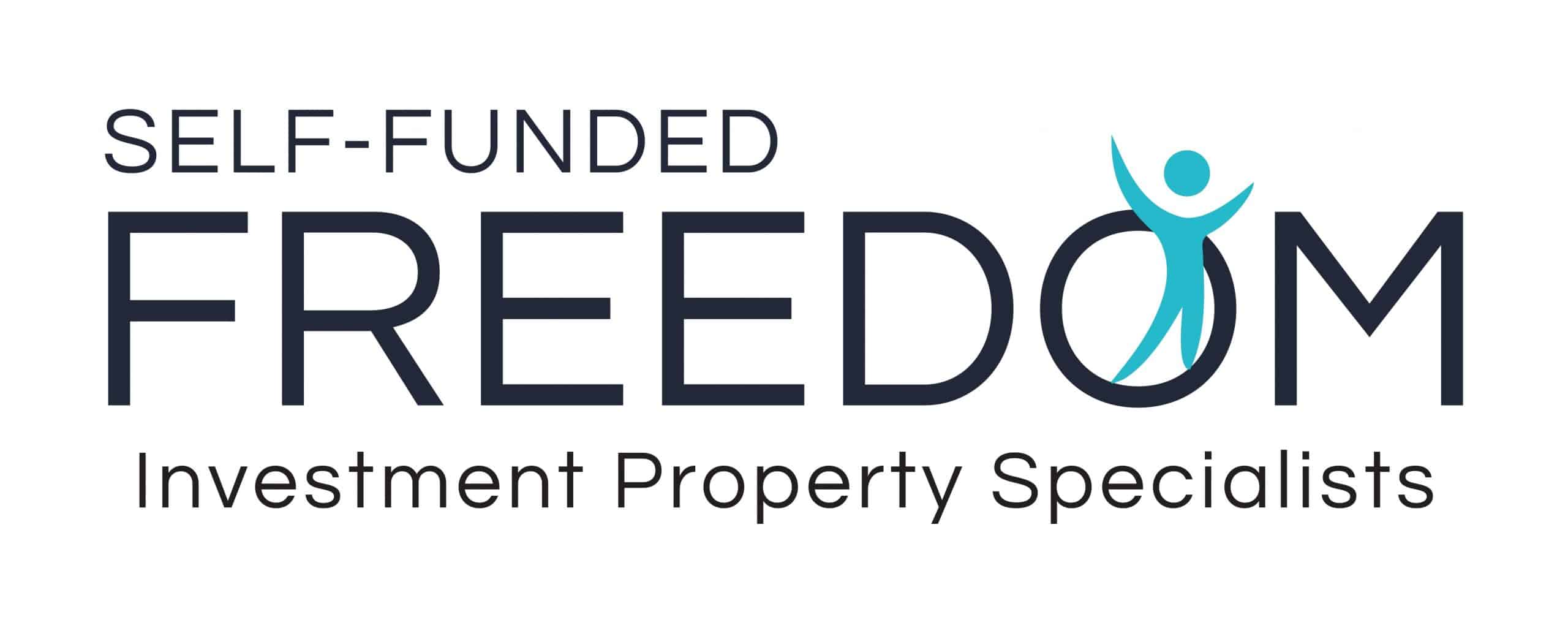Construction Home Loan: The Basics
Construction loans have an entirely different structure than the typical housing loan. If you use a construction loan, the funds are not given away in a lump sum — instead, your lender will be giving you portions of your loan in progression of 5 stages normally, or what are widely-known as draw-downs or progress payments.
However, you generally will need to come up with a deposit that will cover the initial cost of the materials needed to start construction. Typically, the amount of down payment your lender will require is 5% of the total building cost. This can be from equity or cash or potentially Gov grants.
How do progress payments work?
Once your construction loan gets the approval, your lender will be able to make payments to your builder during every stage of construction. As each phase is completed, your lender will require you to present an invoice from your builder before it can issue a payment.
Your builder will outline the total amount needed to construct your home, dividing the expected costs into several segments. Lenders will be very involved in the process — they will typically send someone to check on the progress of construction before releasing the next payment to your builder. This move is to your advantage since it ensures the quality of your future dwelling.
The Stages
First stage: Slab down or base
The first loan amount will cover the costs of building the base of your home. This stage includes laying the foundation of the house, levelling the ground, installing plumbing, and waterproofing the foundation. This stage comprises 10% of your contract and takes up to two weeks.
Second stage: Frame
For the second stage, your lender will pay for the expenses incurred building the frame of your property. During this phase, your builder will focus on constructing the trusses, roofing, and windows of your home. Taking up 15% of your total contract, this stage may also include some of the brickworks needed. This stage of construction takes up a month to complete.
Third stage: Lock-up
This period gets the most significant proportion of your contract at 35%. It is called lock-up since all its elements are for the purposes of closing up the property. The third chunk of payments from your lender will be for the construction of external walls, doors, and insulation of the house. Builders need four weeks to finish this stage of construction.
Fourth stage: Fixing or fit-out
In this stage, your lender will be paying for all the fixtures and fittings needed to complete the home — shelving, kitchen and bathroom cabinets, doors, tiles, and all internal claddings will be constructed. Plumbing and electrical systems will also be finalized. This stage makes up 20% of your total building contract. Fixing or fit-out stage usually takes up to six weeks of work.
Fifth Stage: Completion
As the name implies, this stage covers all the finishing touches, including painting, installation of fences, polishing of walls and floors, and cleaning of the site. These concluding activities take up 15% of your total contract. This final stage takes up to two months.
After the construction of the house, you have to do final rounds of inspections to make sure that the property is built correctly. You have to make sure that within three to six months after the property construction is complete, you inform your builder of all the issues and additional works that need to be done.
How do lenders charge interest on construction loans?
When you get a construction home loan, your lender will only charge interest on the amount of the credit that was drawn at a particular stage of construction. For instance, even if you get an approval for a $300,000 construction loan and have only used $100,000 so far, interest will only be charged on the $100,000 you’ve used.
Throughout construction, the loan remains interest-only. At the end of the development of the house, you may ask your lender if you can continue with an interest-only scheme. You can also change your loan to principal and interest.
This can all be discussed with your finance strategist at Self-Funded Freedom.
